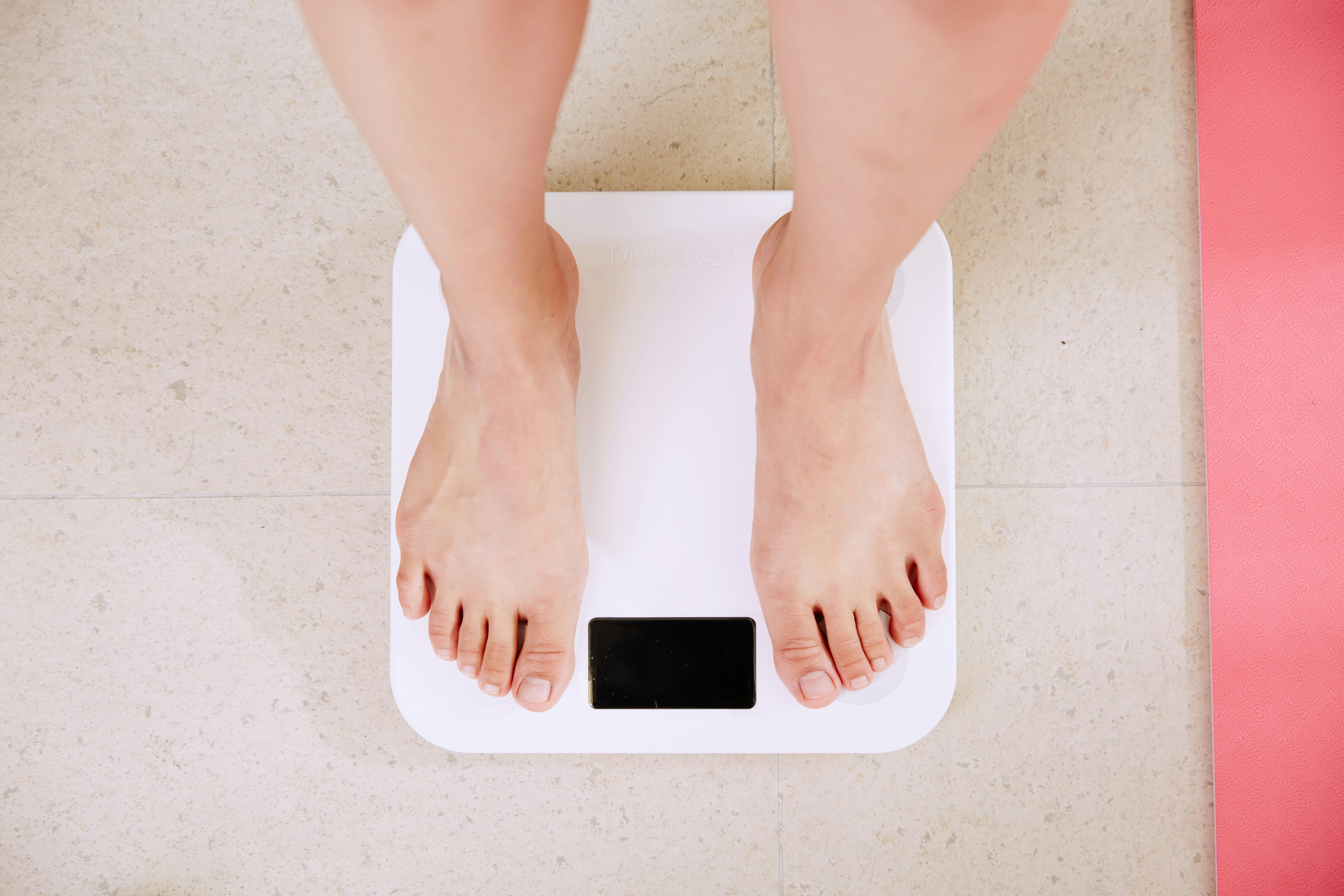Bioelectrical Impedance Analysis: The Future of Body Composition Measurement
Are you curious about what's really going on inside your body? Imagine being able to see beyond the number on the scale and understand your true health composition. Enter Bioelectrical Impedance Analysis (BIA), a revolutionary method that's changing the way we measure and understand our bodies. But what exactly is BIA, and how can it transform your approach to health and fitness?
The history of BIA dates back to the 1960s when researchers first explored the relationship between electrical properties of the body and its composition. However, it wasn’t until the 1980s that BIA devices became commercially available for widespread use in clinical and fitness settings.
How BIA Works
When you step on a BIA device, it sends a small electrical current through your body. The device measures the resistance (impedance) encountered by this current as it travels through your tissues. By analyzing this impedance data along with other factors like height, weight, age, and gender, sophisticated algorithms can estimate various components of your body composition.
These components typically include:
-
Body fat percentage
-
Lean body mass
-
Total body water
-
Muscle mass
-
Bone density
Modern BIA devices can provide these measurements in a matter of seconds, offering a quick and comprehensive snapshot of your body’s internal makeup.
Advantages Over Traditional Methods
Compared to traditional body composition measurement techniques, BIA offers several advantages:
-
Non-invasive: Unlike methods like hydrostatic weighing or DEXA scans, BIA doesn’t require any special preparation or exposure to radiation.
-
Quick and convenient: Measurements can be taken in just a few minutes, making it ideal for regular monitoring.
-
Cost-effective: BIA devices are relatively affordable, especially compared to more advanced imaging technologies.
-
Comprehensive data: BIA provides a range of body composition metrics, not just body fat percentage.
-
Accessible: Many modern smart scales now incorporate BIA technology, making it available for home use.
Applications in Health and Fitness
The insights provided by BIA have far-reaching implications for health and fitness:
-
Tracking progress: BIA allows individuals to monitor changes in their body composition over time, providing motivation and guidance for fitness goals.
-
Nutritional assessment: Healthcare professionals can use BIA to assess nutritional status and identify risks of malnutrition or obesity.
-
Sports performance: Athletes can optimize their training and nutrition based on precise body composition data.
-
Medical diagnostics: BIA can help in the early detection and monitoring of conditions like lymphedema or fluid retention.
-
Personalized wellness plans: Fitness trainers and nutritionists can create more tailored programs based on an individual’s unique body composition.
Limitations and Considerations
While BIA offers many benefits, it’s important to understand its limitations:
-
Hydration levels can affect results, so consistency in measurement conditions is crucial.
-
The accuracy can vary depending on the quality of the device and the equations used.
-
BIA may be less accurate for certain populations, such as the elderly or those with extreme obesity.
-
Results can be influenced by recent exercise, food intake, or menstrual cycles.
Despite these limitations, when used consistently and in conjunction with other health metrics, BIA remains a valuable tool for understanding and improving overall health.
Maximizing the Benefits of BIA
-
Always measure at the same time of day, preferably in the morning before eating or drinking
-
Stay consistently hydrated in the days leading up to measurement
-
Avoid alcohol and excessive exercise 24 hours before testing
-
Use the same device for all measurements to ensure consistency
-
Combine BIA data with other health metrics like blood pressure and cholesterol levels for a comprehensive health picture
As we continue to seek deeper understanding of our bodies and more personalized approaches to health, Bioelectrical Impedance Analysis stands out as a powerful tool in our wellness arsenal. By providing detailed insights into our body composition, BIA empowers us to make more informed decisions about our diet, exercise, and overall lifestyle. As technology advances, we can expect even more precise and comprehensive body composition analysis, further revolutionizing our approach to health and fitness. Embrace the power of BIA, and take a step towards a more informed and healthier you.






